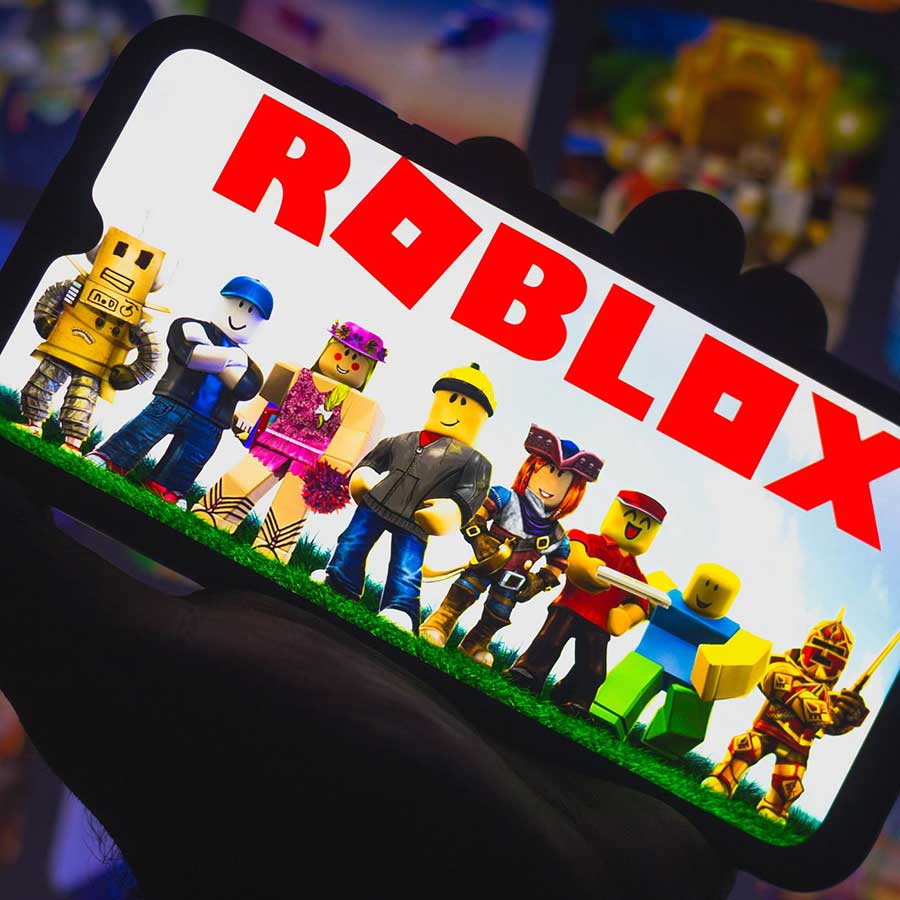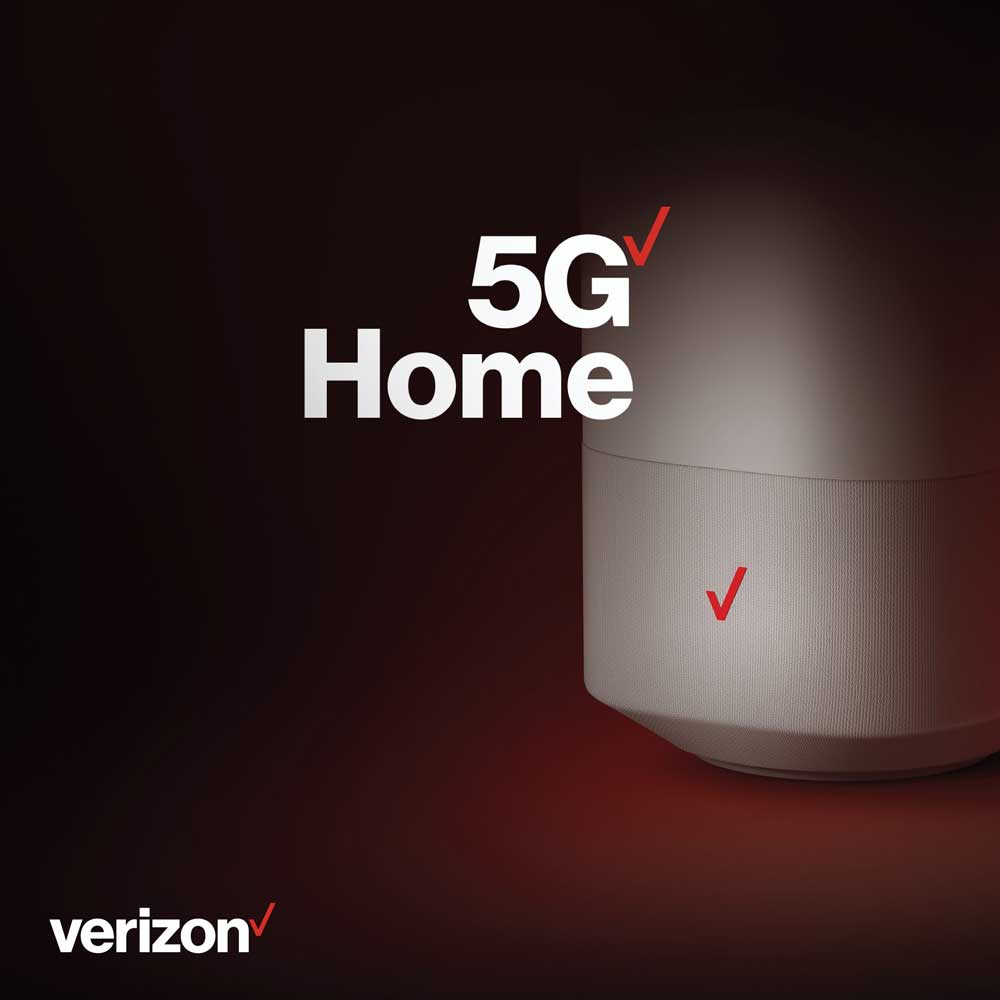Already in the US, billions have been spent on 5G spectrum and network rollout, with Verizon, AT&T and T-Mobile all aligning their strategies around 5G. The question is why?
Not a day goes by that we don’t hear the word ‘metaverse’. Coined by Neal Stephenson in his 1992 novel ‘Snowcrash’, and shortened to ‘Meta’ as the name of Facebook’s parent company, it’s become one of the most overused words in the world of tech.
But what does this mean for mobile operators?
The history
The first manifestation of the internet was the ‘home internet.’ If you’re old enough, you’ll remember the experience of dialing into the internet via your phone line. The experience was static, slow, and essentially limited to reading emails and browsing basic websites. As speed, security and CPU power increased, we progressed to music downloads, shopping and banking.
Then came ‘true mobile internet,’ which until the advent of the iPhone and 4G, was limited to push email on BlackBerry devices and cheap polyphonic ringtone downloads. But the advent LTE 4G gave rise to a much more compelling mobile-connected world, as previously “home internet” apps such as YouTube and Facebook began to offer millions new sources of entertainment from virtually anywhere – whether it was sharing a status or streaming a music video. Then, new applications such as Uber, Door Dash and Tik Tok changed the way we travelled, ate, and danced. Eventually, as smartphones diminished in size and price, the revolution reached every corner of the globe. Developing countries joined in, and many people experienced their first-ever internet experience via a mobile device.
The metaverse – or “spatial internet” – is the third manifestation of this digital connected experience. It’s where we’ll virtually enter a new 3D dimension powered by augmented and virtual reality (and eventually, extended reality), allowing us to experience a richer way to shop, be educated, receive health care, hang out with friends, play games and much more.
Actually, if you look closely enough, it’s already here.
Are we ready?
Just look at virtual reality (VR) and augmented reality (AR). We’ve all seen or experienced VR headsets such as Oculus, and we’re all aware of the AR sensation Pokémon GO. Software-driven 3D alternate universes (such as Second Life from the late 2000s) have also been around for some time. And If you have children, I’m sure they regularly delve into the closed worlds of Roblox and Fortnite, where as an avatar, they play games, hang out with friends and use digital currencies (Robux in the Roblox Metaverse) to make in-world purchases. In the age of Covid-19, these alternate virtual worlds have become the younger generation’s playground. It’s not even limited to the digital natives of Generation Z. The newest demographic cohort – Gen Alpha – is now leading the way, with the majority of Roblox’ s user base now under the age of 13.
Where do service providers fit in?
Already in the US, billions have been spent on 5G spectrum and network rollout, with Verizon, AT&T and T-Mobile all aligning their strategies around 5G. The question is, “why?”
The answer lies in higher data rates, reduced latency, higher capacity and the ability to connect numerous devices. And when we examine complementary 5G-driven technologies like edge computing and blockchain, it’s clear the metaverse was made for 5G and 5G was made for the metaverse.
What makes 5G the perfect partner for the metaverse?
The metaverse will need to be mobile: We’re still in the early stages of the metaverse. Right now, it’s mostly a ‘home internet’ experience, reliant on a superfast wired or Wi-Fi connection. For the metaverse to go mobile, it will need a minimum of 200 Mbps that only 5G can deliver. This is where 5G Fixed Wireless Access (FWA) comes in, which is faster, cheaper and can reach areas that once had no coverage at all.
Use the edge to give devices the edge: Enjoying today’s virtual metaverse pretty much requires you to strap a slab of hardware to your face, download the software and run it all locally. 5G allows you to connect to an experience running on the edge and stream it in real time. Without the hardware footprint and power requirements, the equipment will evolve to become more subtle, discreet, mobile, and dare I say – fashionable.
Using edge and reduced latency for enhanced rendering
Current hardware and narrow 4G bandwidth throttles the rendering experience, greatly undermining the VR and AR experience. But once the “heavy lifting” is moved to the edge, it will allow us to enjoy VR and AR much as we stream movies. The industry as a whole seems to agree. According to the Consumer Technology Association (CTA), consumer spending on VR headsets and eyewear is expected to reach $774 million for 2022, while AR headset/eyewear spending is expected to increase by 175% to $214 million.
Is the metaverse the true 5G killer app we’ve been waiting for?
The metaverse is much broader than a mere application. Underpinned and enabled by 5G, it’s set to usher in a whole new universe for constellations of use cases that will profoundly impact society. Already, Verizon has launched eight 5G Labs across the US, where they’re inviting developers to experiment with new consumer and business use cases, such as holographic medical imaging. The company also recently launched a new 5G innovation hub at Arizona State University that will specialize in immersive, metaverse-driven educational experiences.
According to the operator, these centers will seek to provide access to their 5G network and edge cloud computing service (developed with AWS and Microsoft) to various partners in a variety of industries, allowing them to build killer apps that run on 5G. The metaverse is very likely the catalyst for these killer apps.
But in addition to the hardware, for a ‘true mobile metaverse’ to take off, we also need ‘extended reality’ (or ‘ER’). While VR takes you out of the real world and AR overlays the virtual over the real world, the capstone of the metaverse is the combination of these two. To enable this, you need to digitalize the real world, i.e., to create a digital twin of reality. It’s where the world’s digital twin meets the virtual world with 5G providing the essential connection between the two. Just think of experiencing virtual and real buildings in the same dimension and being able to share information between the two. Is your mind blown yet?
So, until we have an integrated digital twin of the world and the right mobile hardware, the metaverse, whilst 5G-powered, will be in many respects agoraphobic. In other words, it won’t work well outside the home.
So, what about ‘mobile’ carriers? Are they likely to miss out until the technology catches up?
What’s in it for the mobile service providers in the near term?
As tech companies and service providers jostle to stake their claims in the new value chain (SK telecom have already created their own metaverse called ‘Ifland’) the metaverse will soon become fundamental to the way we administer our everyday lives. In the US, the recent passage of the Infrastructure Investment and Jobs Act will facilitate this, helping to bridge the digital divide by expanding availability and adoption of fixed wireless services (FWA) as providers of 5G connectivity, CSPs hold the upper hand by virtue of their ability to provide economically viable access to the remotest rural areas and communities. As an example, we only need to look at T-Mobile who is aiming to attract an extra 8 million fixed wireless subscribers by 2025 at the expense of the broadband cable players.
While we excitedly speculate on the future of the metaverse and what it can bring, it’s clear that unlike 4G, which enabled the true mobile internet, the initial successes and returns on 5G for service providers will start in the home via fixed wireless access. So, until extended reality and the right hardware become readily available, we could easily term the initial phase of this next revolution as ‘The Home Metaverse’, with traditional service providers able to reap the rewards. These rewards will be even higher as ‘The Mobile Metaverse’ finally takes shape.






